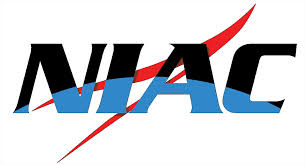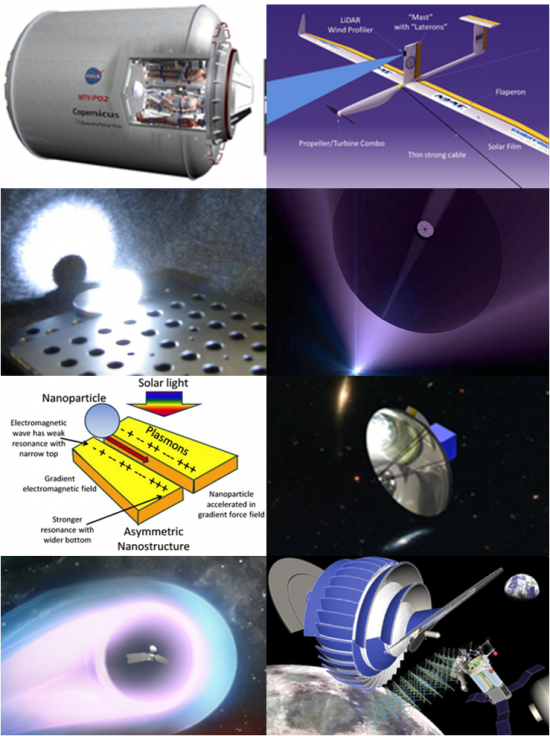May 17, 2016 – NASA isn’t afraid to put money into some of the wildest ideas, many derived from the minds of science fiction writers and film scripts. Hence the American space agency even is examining warp technology made famous by Star Trek. In its latest investments it has picked eight technology proposals under Phase II of the NASA Innovative Advanced Concepts Program (NIAC). Each proposal is worth about $500,000. Proposers are to use the money to develop their concepts which may then receive further investment.
The current portfolio includes:
- Interplanetary space flight habitat technology that supports astronauts while in induced deep sleep immersion (John Bradford, Space Works, Inc., Atlanta, Georgia).
- Aircraft capable of staying aloft for months serving as a stable platform for communication and Earth observation (William Engblom, Embry-Riddle Aeronautical University, Daytona Beach, Florida).
- “Solar white” coatings to be applied to fuel tanks in space to reflect and scatter sunlight keeping temperatures cold without any energy input (Robert Youngquist, Kennedy Space Center, Florida).
- Interstellar flight using micro satellites driven by directed energy beams (Philip Lubin, University of California, Santa Barbara).
- Plasmonic force propulsion to provide attitude control capability for small spacecraft with minimal power penalty and minimal mass and volume penalty (Joshua Rovey, University of Missouri, Rolla).
- Extremely large reflective telescopes made up of re-configurable elements that can grow to 10 times the size of Hubble and be deployable in space (Melville Ulmer, Northwestern University, Evanston).
- A Plasma aerocapture and entry system to provide drag for braking in human and robotic spacecraft missions to solar system planets (David Kirtley, MSNW, Redmond).
- A rotating in-space habitat with a built-in robotic construction system to expand it (Robert Skelton, Texas Engineering Experiment Station, La Jolla).
The images below beginning at the top left going left to right follow the sequence of the projects as described above.
This is pretty “cool” stuff and each of these projects has passed through Phase I and onto Phase II. Two years from now the developers will report their successes or failures to NASA. Then the real interesting next phase begins with even more money being applied to turn these research and laboratory concepts into future build and launch dates.









